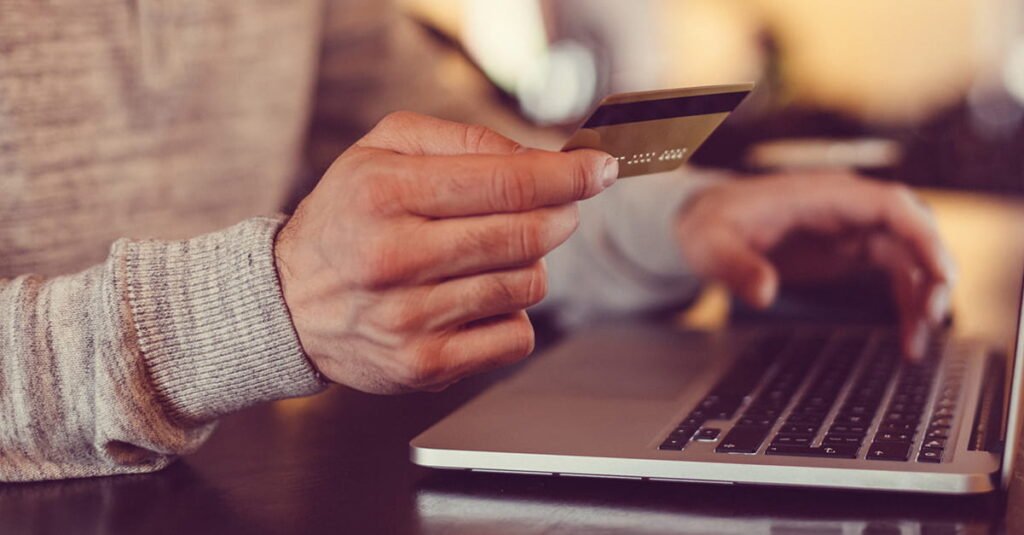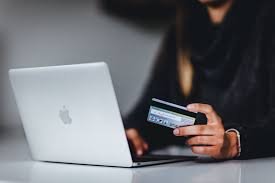Online shopping has become a convenient way to purchase goods, but it also comes with potential risks. Cybercriminals are constantly finding new ways to steal personal and financial information, making it essential to take precautions. By following top tips for online shopping safety, you can protect yourself and your data while enjoying a smooth shopping experience. Here’s how to shop safely and confidently online.

Shop on Trusted Websites
The first step in online shopping safety is ensuring you’re shopping on trusted and reputable websites. Stick to well-known online retailers like Amazon, eBay, or Walmart, which have secure payment systems and customer service support. If you’re shopping on a new website, do some research before making a purchase. Look for customer reviews, and check for certifications like SSL encryption (look for “https://” in the URL), which indicates a secure website.
Be cautious with unfamiliar online stores that offer too-good-to-be-true deals, as they could be scams. Always check the website’s legitimacy by reading reviews and looking for any red flags, like missing contact information or overly aggressive marketing.
Use Secure Payment Methods
When it comes to payment, security is key. Avoid paying directly through wire transfers, checks, or money orders, as these methods offer no protection if something goes wrong. Instead, use credit cards or payment services like PayPal or Apple Pay, which offer added protection against fraud. Many credit card companies offer fraud protection that can help you get your money back if you fall victim to a scam.
Additionally, check for secure payment gateways during checkout. Look for a padlock icon in the browser bar and ensure the website is using SSL encryption. This ensures your financial information is transmitted securely.
Avoid Public Wi-Fi for Transactions
Public Wi-Fi networks are convenient but can also be a security risk when it comes to online shopping. Hackers can easily access unsecured networks and steal personal information. It’s best to avoid making purchases or entering sensitive details, like passwords or credit card information, when connected to public Wi-Fi.
Instead, use a secure, private network or consider using a VPN (Virtual Private Network). A VPN encrypts your internet connection, protecting your data from hackers, especially when shopping in public places like coffee shops or airports.
Keep Software and Devices Updated
To ensure your online shopping safety, it’s essential to keep your devices and software up to date. Software updates often include security patches that fix vulnerabilities and protect against cyberattacks. This applies to your smartphone, tablet, laptop, and browser.
Enable automatic updates for your devices and apps, and regularly check for updates to your antivirus software. By staying current with updates, you’ll be better protected from threats like malware, viruses, and ransomware.
Use Strong, Unique Passwords
Using strong passwords for your online shopping accounts is a fundamental step in protecting your data. Avoid using easily guessable passwords, such as “password123” or your birthdate. Instead, create passwords that are a mix of uppercase and lowercase letters, numbers, and special characters.
Additionally, never reuse passwords across multiple sites. If one of your accounts is compromised, it puts all your other accounts at risk. Consider using a password manager to securely store and manage your passwords.
Be Cautious with Emails and Links
Phishing emails are a common way that cybercriminals try to steal your personal information. Be cautious of unsolicited emails claiming to be from retailers, especially those offering “too-good-to-be-true” discounts or promotions. These emails often contain malicious links that can steal your data if clicked.
Always verify the sender’s email address and avoid clicking on any suspicious links or attachments. If you receive an email claiming to be from a retailer, go directly to the website and log in to check for any updates or promotions.
Review Return and Refund Policies
Before making a purchase, it’s important to understand the return and refund policies of the website. Some online retailers may offer very limited or no return options, which can be frustrating if the product doesn’t meet your expectations. Familiarize yourself with these policies before making a commitment, especially for higher-ticket items.
Trustworthy retailers will have clear and reasonable return policies. Always ensure that the terms and conditions are easy to find and understand on the website.
Keep Track of Your Purchases
After making a purchase, keep track of your order and payment confirmation. Retailers typically send an order receipt to your email, but you should also monitor your bank or credit card statements for any unusual charges. If you notice anything suspicious, contact the retailer or your bank immediately.
Additionally, tracking your orders can help you identify potential delivery issues and avoid losing out on refunds if the product doesn’t arrive as expected.
Conclusion
Online shopping safety doesn’t have to be complicated, but it requires attention and awareness. By following these tips—such as shopping on trusted websites, using secure payment methods, and avoiding public Wi-Fi—you can protect your personal and financial information. Always stay cautious with emails, passwords, and updates to ensure that your online shopping experience is both safe and enjoyable.











